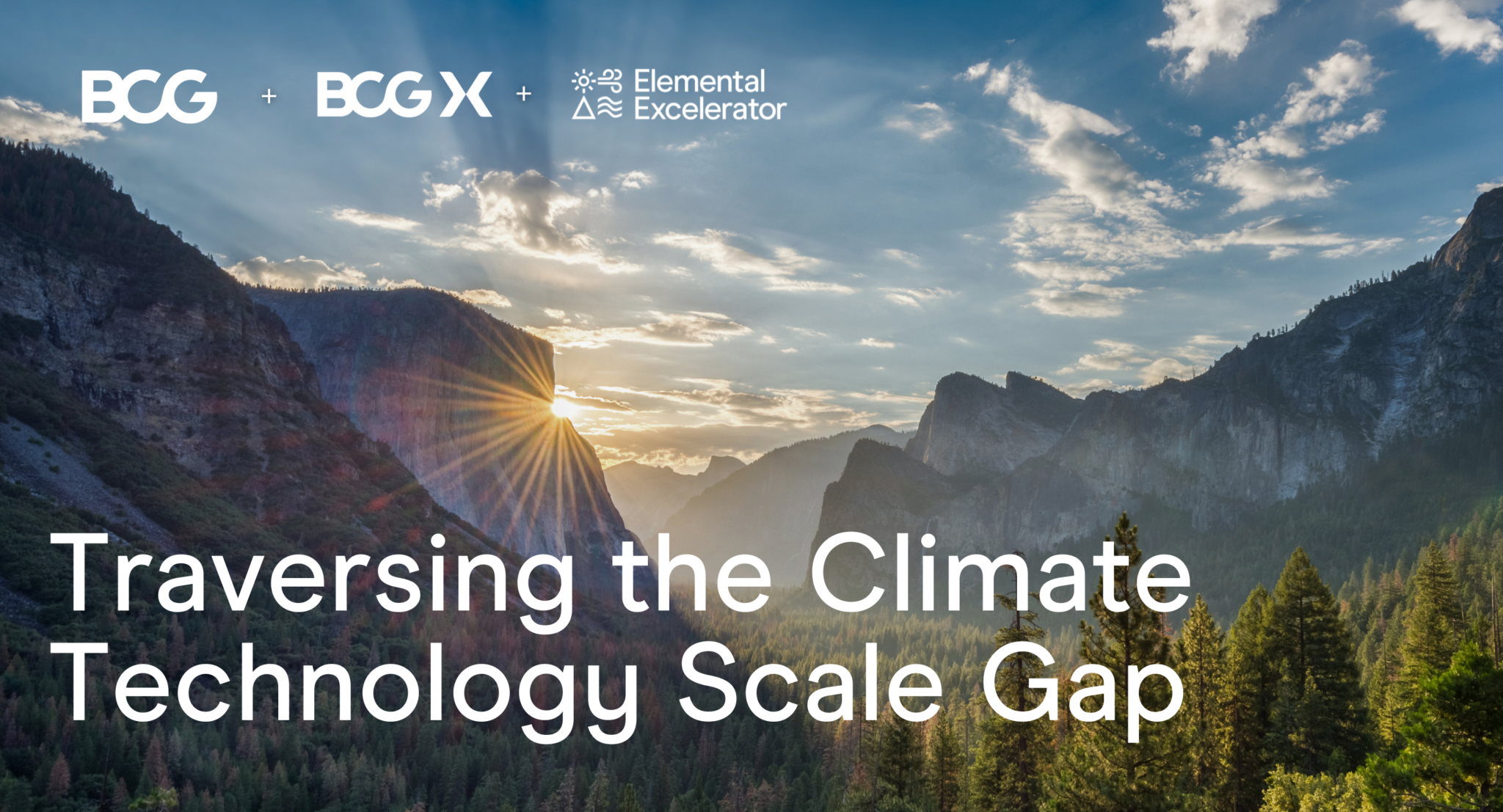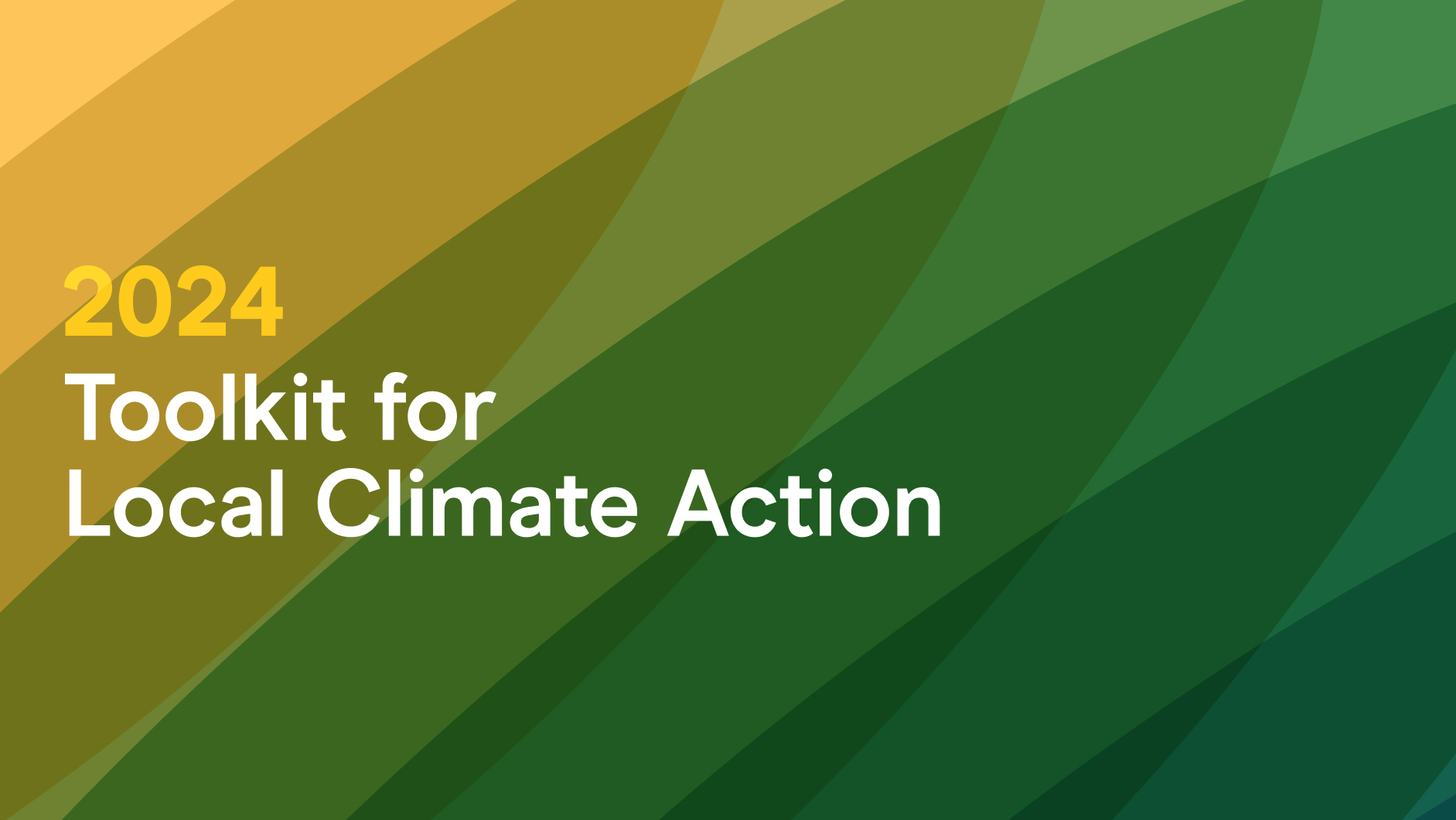
Photo by Matt Artz on Unsplash
California recently became the second state to pass a 100% clean energy standard, three years after Hawaii passed a similar law. As the fifth largest economy in the world, California has a tall order to fill in terms of making the transition to clean energy.
How can California, and other states that wish to follow suit, fulfill this ambitious task? They will need to provide affordable, relevant, and accessible energy options to every one of its residents, prioritizing those who have historically been overlooked and left out of the clean energy conversation due to economic circumstance or social inequity.
To reach this goal in a proactive way, at Elemental Excelerator, we have identified the following opportunities and tools to apply in our work:
- Place-based targets: Working in communities with 100% clean energy goals (or similarly ambitious goals in other sectors like water and mobility).
- Problem statements: A lack of access and/or slow adoption of technologies to reach these goals.
- Solutions: Education and outreach, customer and public-sector engagement, innovative financing models for technologies, and alternative options to meet community needs.
- Impact: Accelerate access to clean technologies for 100% of people by 2045.
By strategically outlining targets, problems, solutions, and impact, we can more quickly focus in on where to deploy funding and resources. This has also helped us identify 5 ways California can democratize access to clean technologies:
1. Advance Access to Community Solar
80% of Americans do not have access to rooftop solar.
Providing options for those who are locked out of the solar market — either due to renting, apartment restrictions, or lack of access to consistent solar energy — will be essential to achieving a clean energy future.
Companies such as Solstice Power Technologies, Elemental Excelerator’s recent cohort company, are engaging customers with low-cost community solar options and working with community-based organizations to make the benefits of solar easy to understand. Another company, Arcadia Power, is building America’s first digital utility that allows consumers to switch to clean energy, and will be providing community solar as one of their main offerings.
2. Widen the Usage of Energy Storage
Building energy storage solutions in low-income communities increases resiliency and widens access to renewable energy sources. It allows property owners to better manage energy demand, thus lowering peak demand charges and their overall utility bills.
The California Public Utilities Commission (CPUC) recently widened the coverage of California’s virtual net metering tariff to include storage with solar systems. While still new, the concept of community energy storage has been introduced to allow greater access to renewable energy. Community energy storage has been loosely defined by the California Public Utilities Commission as “storage connected at the distribution feeder level, associated with a cluster of customer load.” Community storage has the potential to mirror community solar in terms of the way it is distributed among customers in partnership with solar.
In Sacramento, the pilot project of the Anatolia III Solar Smart Homes Community consists of 15 residential batteries in connection with solar and three larger units. This helps to smooth customer load profiles and control the distributed sources of energy. Most recently, PG&E announced they will be replacing three natural-gas power plants with lithium-ion batteries from Tesla. This will be the largest installation of batteries in the world, and the first time a utility has replaced power plants with a renewable energy resource.
Battery costs have been declining by as much as 32% in 2015 and 2016, making them more accessible to a wider range of customers – both residential and commercial. The costs of other energy storage sources have decreased as well, including pumped hydro, flywheels, and flow batteries. Adding storage technologies to the proliferation of solar across America and the world will provide not only resiliency to the grid, but also a faster financial return due to the control over peak power demand.
With more distributed and intermittent resources coming online, batteries will be a key resource to achieving any ambitious renewable portfolio standard.
3. Upgrade Inefficient Buildings
Older buildings are often the least energy efficient, costing residents (often low- to moderate-income ones) high electricity bills. Communities impacted by these high costs are also likely to be disproportionately impacted by pollution, and struggle with air quality issues due to their proximity to high-polluting refineries, freeways, and industrial activities. Efficient buildings and smart homes can enable a lower cost of operation in these communities, while also improving indoor air quality.
BlocPower, a company based out of Brooklyn, New York and another Elemental Excelerator portfolio company, is aggregating blocks of buildings in financially underserved communities to provide energy efficiency audits and retrofits. By grouping buildings together, they lower the risk of project financing and offer discounts to fund the projects. This accelerates the timeline of installing energy efficiency projects beyond what each building would have been able to achieve alone.
By lowering the total energy demand required to power buildings in communities disproportionately impacted by pollution, we can help improve quality of life, create cost savings for those who need it most, and reach a cleaner energy future faster.
4. Increase Mobility Options for Low-Income Consumers
According to the Bureau of Labor Statistics, transportation is the second largest consumer expense after housing. Many low-income communities have minimal access to reliable, affordable, and clean transportation. Providing alternative and affordable transportation options is key to not only achieving a clean energy future, but also to paving pathways out of poverty.
BlueLA, an electric vehicle (EV) sharing company, was selected by the City of Los Angeles to operate a program that brings EV car sharing to low-income communities. Not only did the company begin operations in low-income communities, but it also offers discounted prices to low-income qualified customers.
Kick scooters, bike shares, and scooters have exploded onto the streets and sidewalks of many major cities. But until now, these options have only been available to people with credit cards and smartphones. While smartphones have become more accessible, about 50% of people with subprime credit scores do not have a credit card. New mobility start-ups are beginning to experiment with cash options that allow non-credit card owners to access their electric scooters and bikes.
These scooters and bikes can provide critical last-mile options between commuters’ homes and places of work. In fact, one USC study found that shortening the time it takes to get to transit stops using methods such as e-bikes and scooters can double the number of jobs available within a 30 minute commute.
5. Advocate for More Clean Energy Policies with Disadvantaged Communities in Mind
Private corporations and nonprofits, as well as individuals, can further accelerate progress toward providing clean technologies by working with policymakers to support and pass regulations that promote equitable access.
Many of the solutions above were designed and implemented due to some regulation or combination of policies. Some examples include:
- AB-693: Requires at least 10% of funds of the California Solar Initiative be implemented for clean energy and energy efficiency projects for the Multifamily Affordable Housing Solar Roofs Program. This bill created extra rebates for installing solar projects in affordable multifamily housing, which were snatched up in just a few months, proving the market demand for solar in multifamily housing.
- AB-1550: Requires that at least 35% of the funds from California’s greenhouse gas emission reduction programs benefit disadvantaged communities (DACs). As of May 2018, money from this pot of funding has gone toward 68,000 projects installing efficiency measures in homes, 2,600+ affordable housing units under contract, 180,000+ rebates issued for zero-emission and plug-in hybrid vehicles, and more.
- AB-523: Allocates 25% of the California Energy Commission’s Electric Program Investment Charge (EPIC) funds for projects that benefit DACs and another 10% for projects that benefit low-income communities. The EPIC program supports renewable energy research, development, and demonstration programs in California. The EPIC program has contributed significantly to California’s energy innovation ecosystem and provides around $162 million annually for projects to advance new technologies that will benefit Californians.
- SB 350: Declared that there is insufficient information to fully realize the potential of solar to serve low-income customers and that there is insufficient understanding of the barriers for low-income customers to access all forms of renewable energy. Since 2015, several of California’s agencies have created a cross-agency study on the barriers to technological adoption across clean energy and clean transportation technologies like solar, renewable energy, energy efficiency and others.
Approximately one in five California households lives at or below the federal poverty level—$32,000 for a family of two. Excluding this population means leaving a huge market behind that is key to achieving a 100% clean energy future.
None of the above solutions alone will get California to a clean and equitable future. Progress requires a community of supporters, businesses, non-profits, and government organizations building a system of intertwined and coordinated resources.
We hope you will join the efforts to accelerate the equitable access of clean technologies. A couple of ways to plug into our network are:
- Refer a startup to our accelerator or apply for funding and connections with communities through our Equity & Access Track.
- Partner with us! Help us build innovation economies. Get in touch if you would like to talk more about how we can collaborate.
Join Elemental Excelerator’s community ecosystem, and let us know if you’d like to attend our events where we invite feedback on the work we do with communities or design projects with our companies. Reach out to sara@elementalexcelerator.com for more information.
~
This article was written by Sherrie Totoki, our Dealflow Manager, and Sara Chandler, our Policy & Community Manager in California. It was originally published on Meetingoftheminds.org. Windmill photo by Matt Artz on Unsplash




